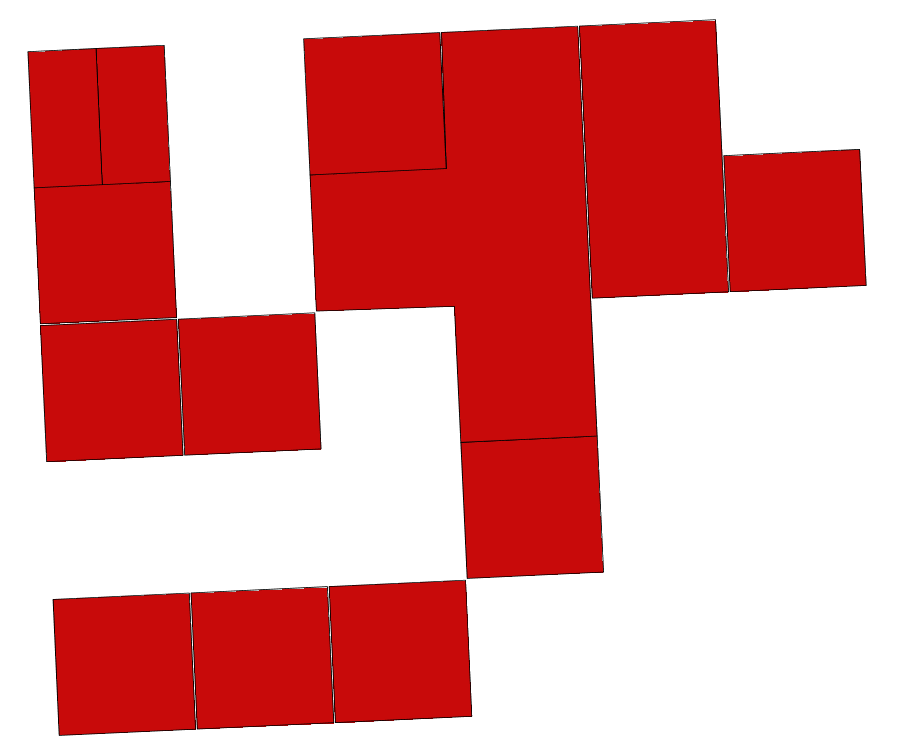
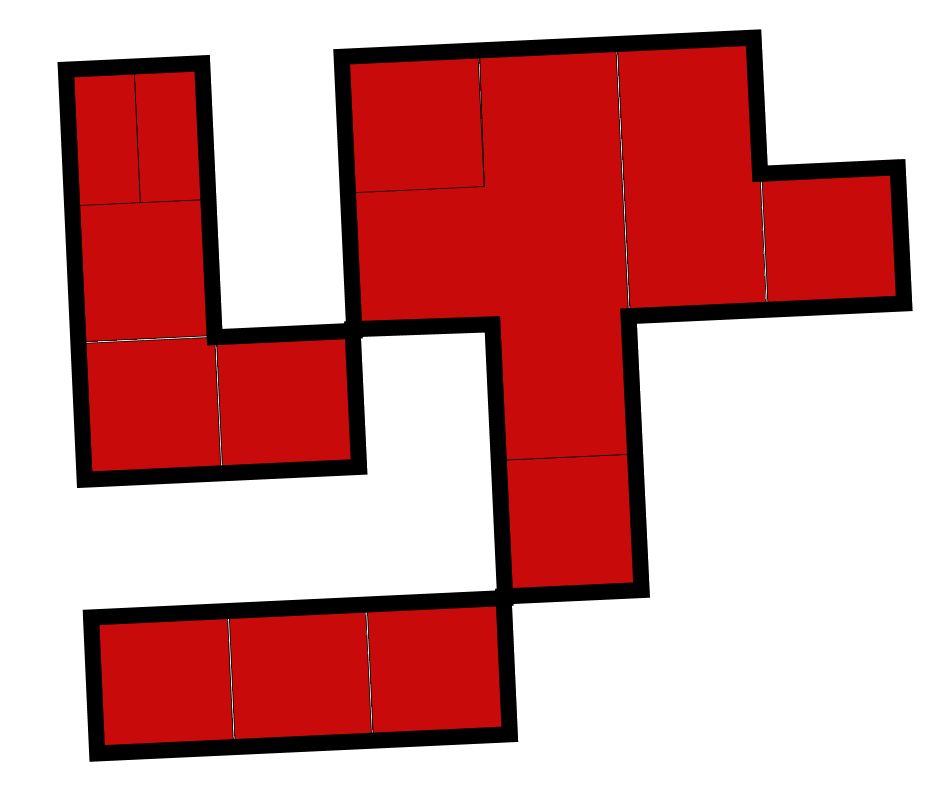
Question
Is there a way to create a boundary around multiple polygons where some of the polygons actually have gaps between them? A little tough to see in the images, but some of the polygons do not touch. I'm just trying to get the black line as the outpu
Reply
Rich Text Editor, editor1
Editor toolbars
Press ALT 0 for help
Enter your E-mail address. We'll send you an e-mail with instructions to reset your password.


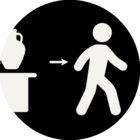





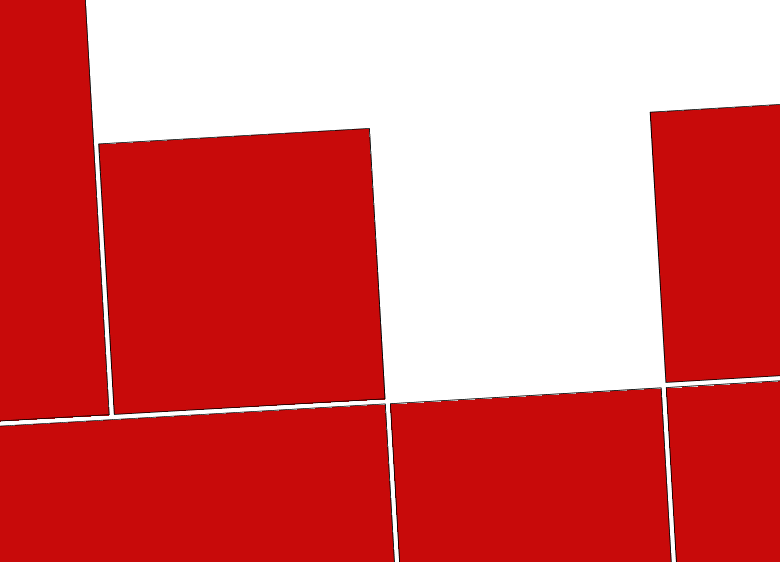
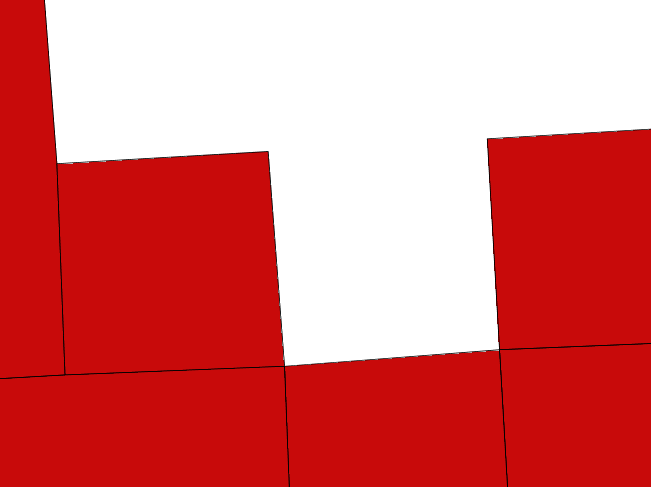
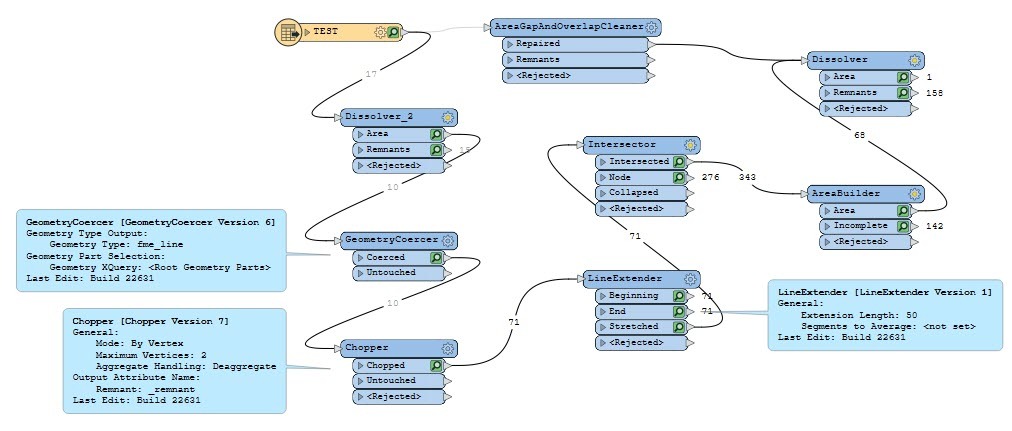 The gaps are much narrower than the sides of the polygons so at least for the TEST dataset you could break the polygons into line segments, extend, intersect and then rebuild into a single polygon.
The gaps are much narrower than the sides of the polygons so at least for the TEST dataset you could break the polygons into line segments, extend, intersect and then rebuild into a single polygon.




